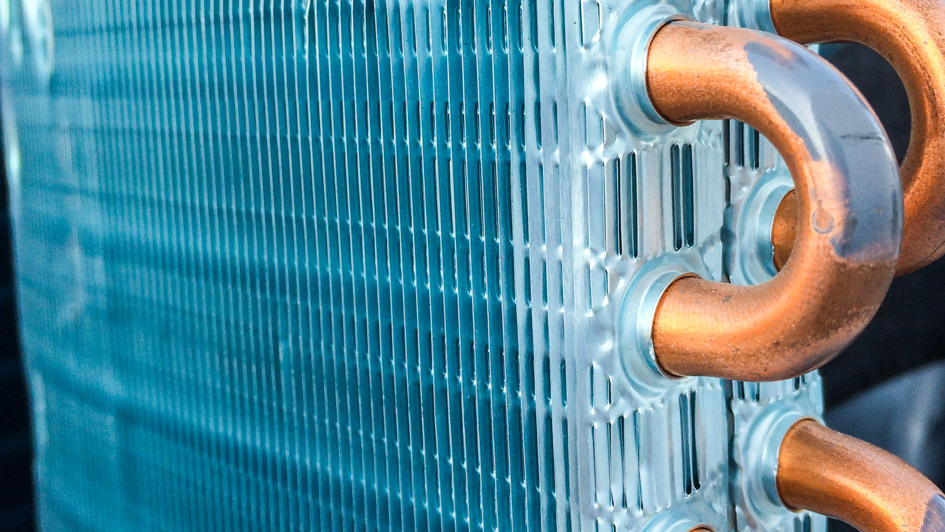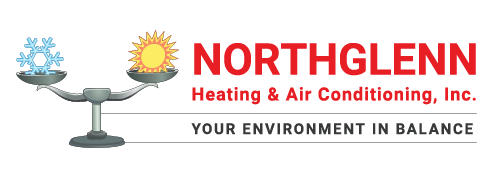
A furnace is usually a background player in your home, helping keep you warm across the cold winter months. It often doesn’t get noticed until something goes wrong.
One source might be that your furnace has a cracked heat exchanger. It’s a potentially dangerous issue, so it’s important to familiarize yourself with the symptoms of a cracked heat exchanger and what you can do if you believe that may be the problem.
What Is a Heat Exchanger in a Furnace?
A heat exchanger helps transition heat from the combustion chamber of your furnace to the air that flows through the ventilation. It generally handles this with coils or tubes that heat up the air while serving as a barrier to keep the gasses created in the combustion chamber, called flue gasses, from getting out into your home.
Is a Cracked Heat Exchanger Dangerous?
Because of its important role, it shouldn't come as a surprise that a cracked heat exchanger can pose a risk. A crack in the heat exchanger can permit dangerous gasses – like carbon monoxide, which can be lethal – to be distributed through your home.
For this reason, never run your heating if you believe you're dealing with a cracked heat exchanger, as letting it run could make the entire family ill. Contact an HVAC professional right away if you think your heater has a cracked heat exchanger that should be repaired.
Four Symptoms of a Cracked Heat Exchanger:
- Furnace turns off: A crack in your heat exchanger could cause your furnace to turn off.
- Unusual Smells: If the air leaving your furnace has a strong chemical smell, it might be a sign gasses are leaking through cracks in your heat exchanger. These gasses, which may smell like formaldehyde, are a major warning sign.
- Carbon monoxide alarm goes off or you notice health problems: If a cracked heat exchanger is releasing carbon monoxide into your home, your carbon monoxide alarm could go off or family members could struggle with signs of carbon monoxide poisoning. Side effects include headaches, dizziness, weakness, nausea, vomiting or feeling sleepy. If your alarm goes off or you feel unwell, leave the home right away and then call for help.
- Soot: If you spot black sooty buildup near the exterior of your furnace, it’s an indication something might be seriously wrong.
What You Should Do if a Furnace Heat Exchanger is Cracked
If you believe your furnace has a cracked heat exchanger, contact a professional well versed in furnace installation Northglenn right away so they can inspect your system and, if needed, perform a furnace heat exchanger replacement. Costs will differ depending on the situation, but estimates can roughly suggest $1,000 to $3,000.
However, the good news is that heat exchangers are generally included in the warranty. You’ll want to confirm the warranty paperwork on your furnace, since while the warranty won't always cover the entire cost of repairs, it could significantly lower your bill.
How to Prevent a Cracked Heat Exchanger in Your Home
One of the most convenient ways to prevent a problem in your furnace overall is through regular furnace maintenance. Furnaces provide the best possible return on investment when they run efficiently. Calling a certified professional to check your furnace for broken-down parts, dirty filters and other likely problems can help you avoid getting a big bill later on.
It’s also beneficial to take a look at your furnace filters every few months – it’s ideal some filters be swapped out every 90 days or sooner if they are dirty or grimy. While the filters aren't a part of the heat exchanger itself, the strain of pulling air through a clogged filter makes the entire furnace work more vigorously to accomplish its job. And the harder your furnace has to work, the more deterioration pieces like the heat exchanger will sustain.
